Definitely, you know the hidden gem in the world of berries. Yes, you’re right, it’s jostaberries, which are a hybrid, meaning a cross between blackcurrants and gooseberries. Since we are familiar with the tart-sweet taste of jostaberries, this flavor makes them particularly suitable for creating a rich, flavorful chutney (sauce).
Jostaberry chutney is a perfect pair with cheeses, roasted meals, or as a zesty spread for sandwiches. Now it’s time to know about jostaberry chutney, you know what? It’s very easy to make, the chutney contains bold flavors, and it’s good for preserving your summer harvest.
Whether you are a house-cooking gem, a food blogger, or a random food lover, this blog guide, the jostaberry chutney recipe, increases your curiosity to know more about jostaberries and their origins.
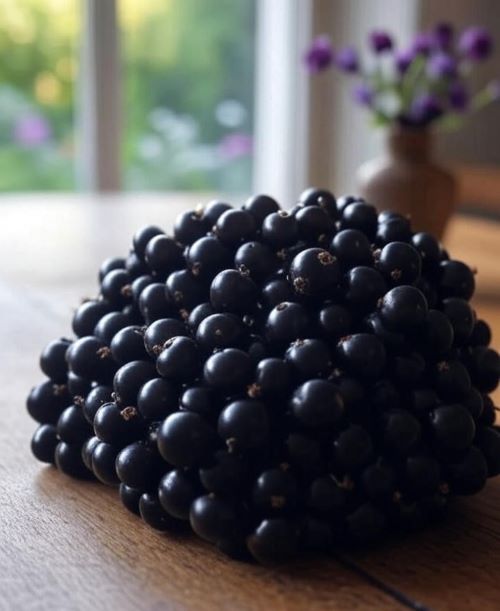
Now it is your right to know about jostaberries:
Jostaberries, scientifically called (Ribes × nidigrolaria,) are a hybrid fruit that is developed in Germany, with the lovely combination of the tangy gooseberries plus the sweet depth of blackcurrants.
Therefore, it is not surprising that the name for these berries, “Jostaberries” comes from the German language and is a combination of two German words: Johannisbeere (black currant) and Stachelbeere (gooseberry). These dark reddish-black jostaberries are equal in size to large blueberries, but you know what? Jostaberries are packed with vitamin C and antioxidants, which makes them taste of nutrition.
Jostaberries are easy to grow, thornless, and highly productive, yielding up to 3 to 5 kg of fruit per bush; these qualities make these berries an ideal choice for home gardening.
Their versatility shines in culinary applications, from jams and cordials to desserts like jostaberry fool. In this recipe, we’ll transform these berries into a tangy chutney that’s a fantastic addition to your pantry. Learn more about growing jostaberries.
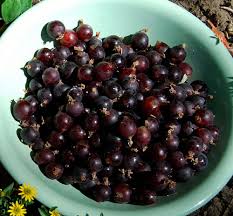
Why Make Jostaberry Chutney?
Chutney is a fantastic way to preserve the vibrant flavor of jostaberries, especially during their peak season from late July to early August. This recipe combines the berries’ natural tartness with sugar, vinegar, and spices to create a balanced condiment that enhances various dishes. Here’s why you’ll love it:
- Versatile Pairing: Perfect with cheese boards, roasted meats, or as a sandwich spread.
- Easy Preservation: Can be canned for long-term storage, ideal for enjoying year-round.
- Unique Flavor: The tart-sweet profile of jostaberries adds a distinctive twist to traditional chutney.
- Health Benefits: Jostaberries are rich in vitamin C and antioxidants, adding a nutritious boost.
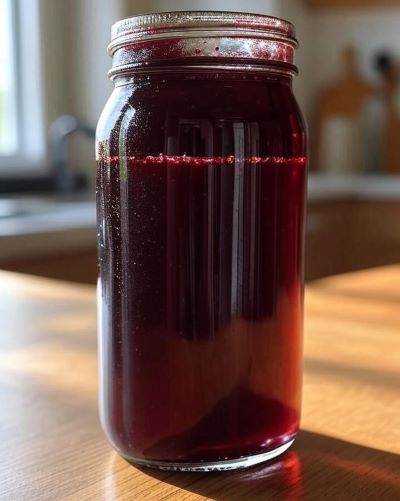
Jostaberry Chutney Recipe:
Ingredients (Makes about 4-5 half-pint jars)
- 1 kg (2.2 lbs) fresh jostaberries, washed and stemmed.
- 1 large onion, finely chopped.
- 2 cloves garlic, minced.
- 1 cup apple cider vinegar.
- 1 cup brown sugar.
- 1/2 cup raisins or sultanas.
- 1 tsp ground ginger.
- 1 tsp mustard seeds.
- 1/2 tsp ground cinnamon.
- 1/4 tsp ground cloves.
- 1/2 tsp salt.
- 1/4 tsp chili flakes (optional, for a spicy kick).
- 1/4 cup fresh water.
Necessary Equipment’s Required:
- Large, heavy-based saucepan
- Wooden spoon
- Sterilized half-pint jars with lids
- Water bath canner (optional, for preservation).
- Ladle and funnel for jarring.
Ready to Make it:
- Prepare the Jostaberries: Wash the jostaberries thoroughly and remove the stems. Unlike gooseberries, jostaberries don’t always require topping and tailing, but removing the stems ensures a smoother texture. If you prefer a chunkier chutney, leave some berries whole; for a smoother consistency, lightly crush half the berries with a fork.
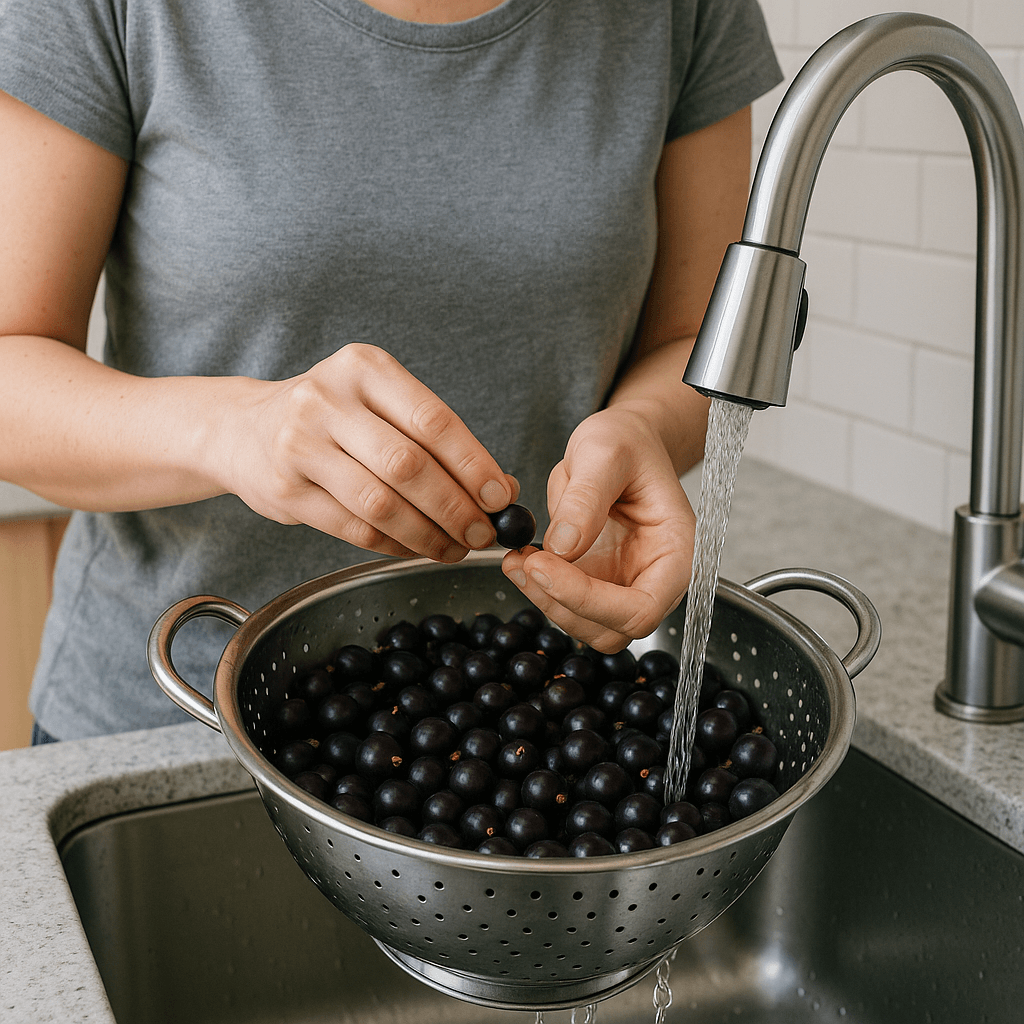
- Start Cooking : In a large saucepan, combine the jostaberries, chopped onion, garlic, and water. Bring to a simmer over medium heat, stirring occasionally. Allow the berries to release their juices for about 5-7 minutes, until they begin to soften.
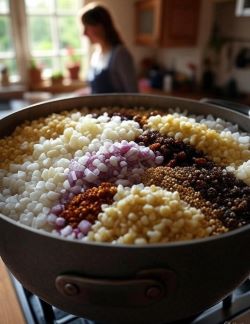
- Add Flavorings: Stir in the apple cider vinegar, brown sugar, raisins, ginger, mustard seeds, cinnamon, cloves, salt, and chili flakes (if using). Mix well to combine. The sugar will dissolve, and the mixture will become fragrant.
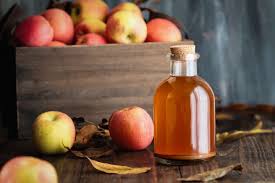
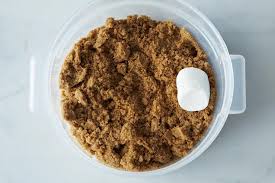
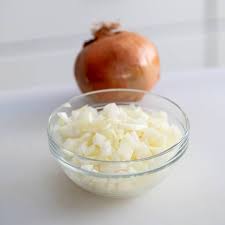
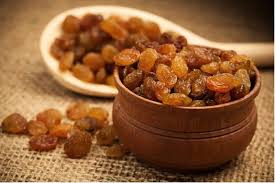
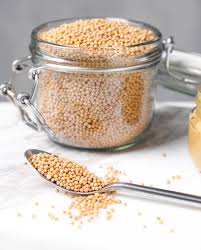
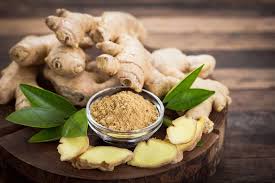
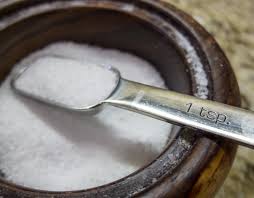
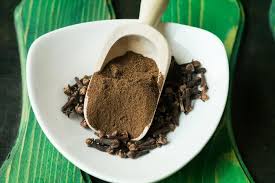
- Simmer the Chutney: Reduce the heat to low and simmer the mixture for 45-60 minutes, stirring occasionally to prevent sticking. The chutney will thicken as it cooks, and the flavors will meld together. Test the consistency by placing a small amount on a chilled plate; it should hold its shape but still be spreadable.
- Check for Seasoning: Taste the chutney and adjust with additional sugar, vinegar, or salt if needed. Be cautious, as the flavors will intensify as the chutney cools.

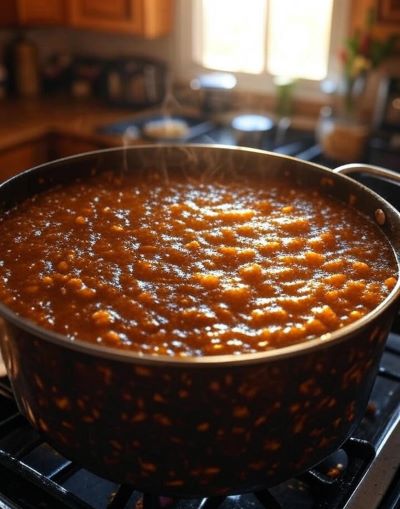
- Jar the Chutney: Once the desired consistency is reached, remove the chutney from heat. Ladle the hot chutney into sterilized half-pint jars, leaving 1/4-inch headspace. Wipe the rims clean, place the lids on, and secure them with bands.
- Preserve (Optional): For long-term storage, process the jars in a water bath canner for 10 minutes. Remove the jars and let them cool undisturbed for 12-24 hours. Check that the lids have sealed properly (they should not flex when pressed).
- Store and Enjoy: Store sealed jars in a cool, dark place for up to a year. Refrigerate after opening and use within 2 months. For immediate use, let the chutney cool completely and store in the refrigerator for up to 2 months.

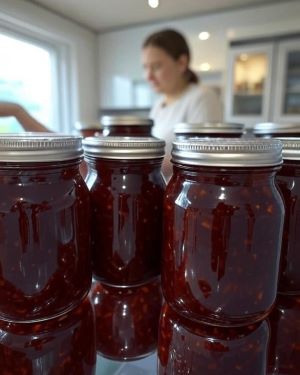
Recipe Notes:
- Topping and Tailing Tip: To save time, you can skip topping and tailing jostaberries, as their skins soften during cooking. If you prefer a smoother chutney, use a food mill to process the berries before cooking.
- Customization: Add diced apples or pears for extra sweetness, or increase the chili flakes for a spicier chutney.
- Yield: This recipe yields approximately 4-5 half-pint jars, depending on how much the chutney reduces during cooking.
Serving Suggestions:
Jostaberry chutney is incredibly versatile and elevates a variety of dishes. Here are some ideas to enjoy it:
- Cheese Boards: Pair with sharp cheddar, brie, or blue cheese for a delightful contrast.
- Roasted Meats: Serve alongside roast pork, lamb, or turkey for a tangy complement.
- Sandwiches: Spread on grilled cheese or turkey sandwiches for a gourmet twist.
- Breakfast: Add a spoonful to yogurt or oatmeal for a burst of flavor.
- Gifting: Package in decorative jars for a thoughtful homemade gift.

Frequently Asked Questions:
What is the Best Vinegar to Use for Chutney?
The best vinegar for chutney is usually apple cider vinegar or white vinegar. Apple cider vinegar adds a mild, fruity flavor that pairs well with fruits like jostaberries, while white vinegar gives a sharp, tangy taste that balances sweetness. Choose based on your flavor preference—apple cider for a softer taste, white for a stronger kick.
Why Put Ice Cubes in Chutney?
Ice cubes aren’t typically used in chutney recipes. However, some people add them to quickly cool the mixture and stop the cooking process, preserving the fresh flavors. If you’re testing consistency, a chilled plate (not ice) is better to check if the chutney holds its shape.
What spices are good in chutney?
Good spices for chutney include cinnamon, cloves, ginger, mustard seeds, and cayenne pepper. Cinnamon and cloves add warmth, ginger brings a zesty kick, mustard seeds give a nutty flavor, and cayenne adds heat. Adjust the mix based on your taste for a perfect balance!

